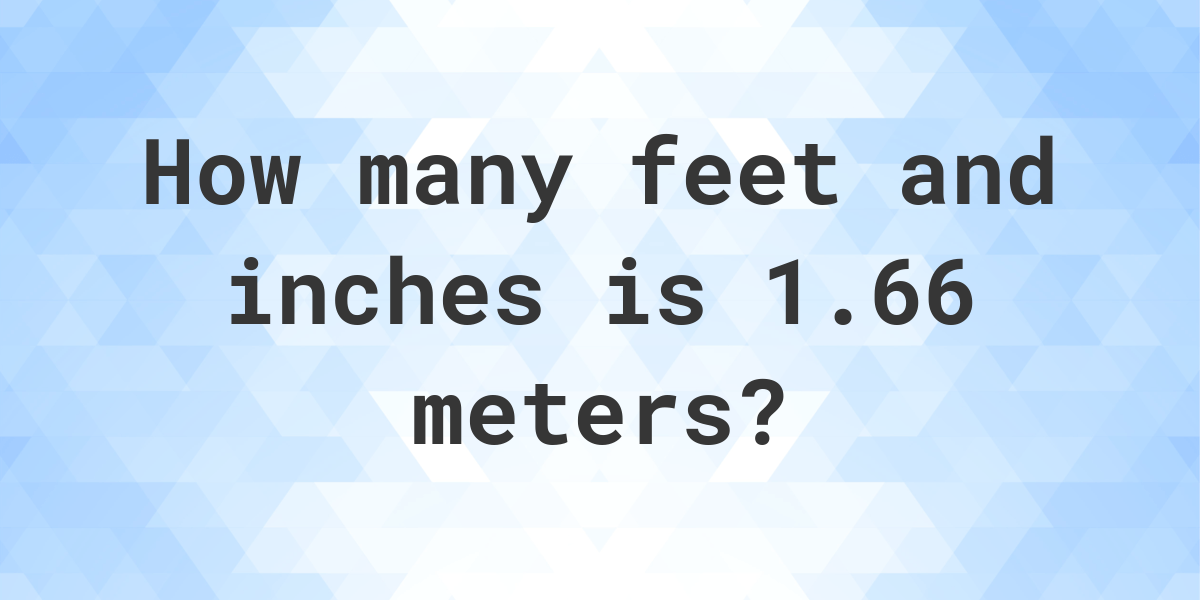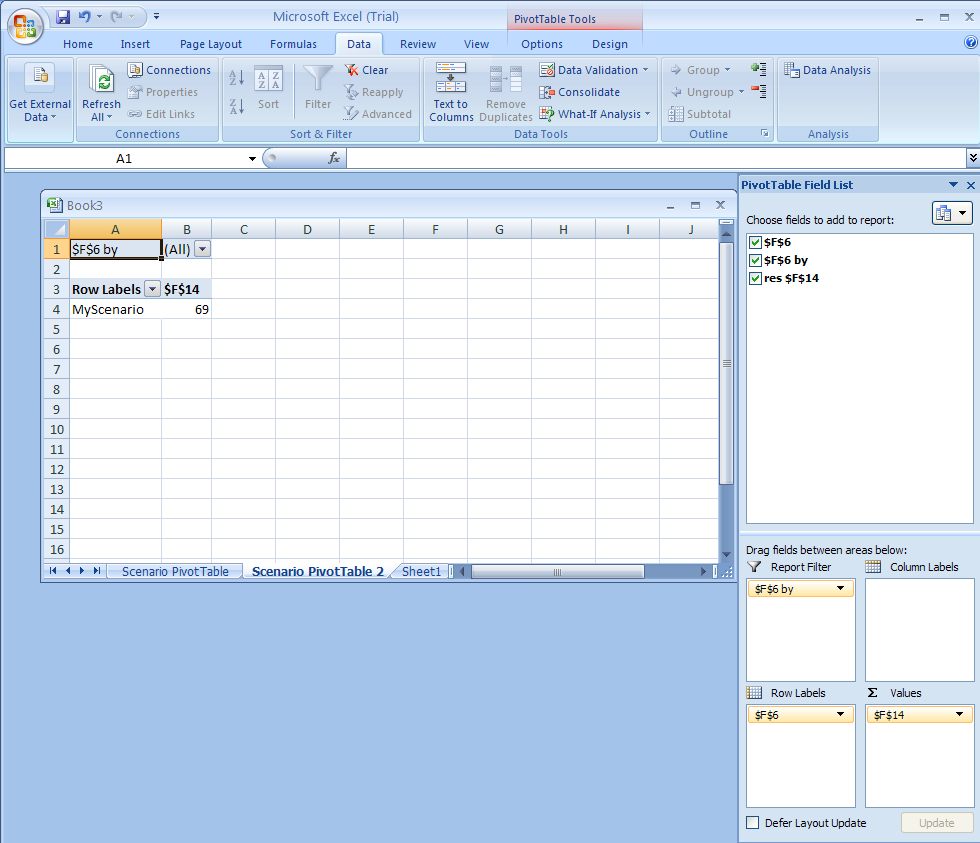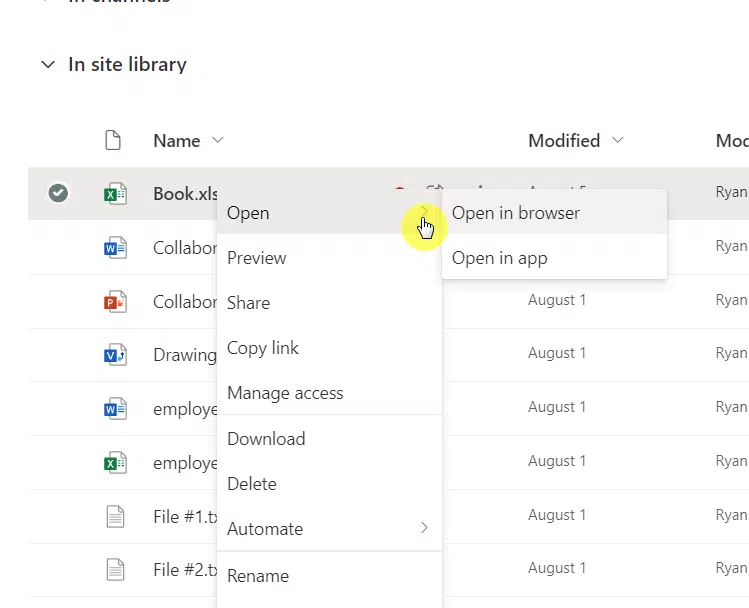5 Easy Steps to Convert Linear Feet to Square Feet
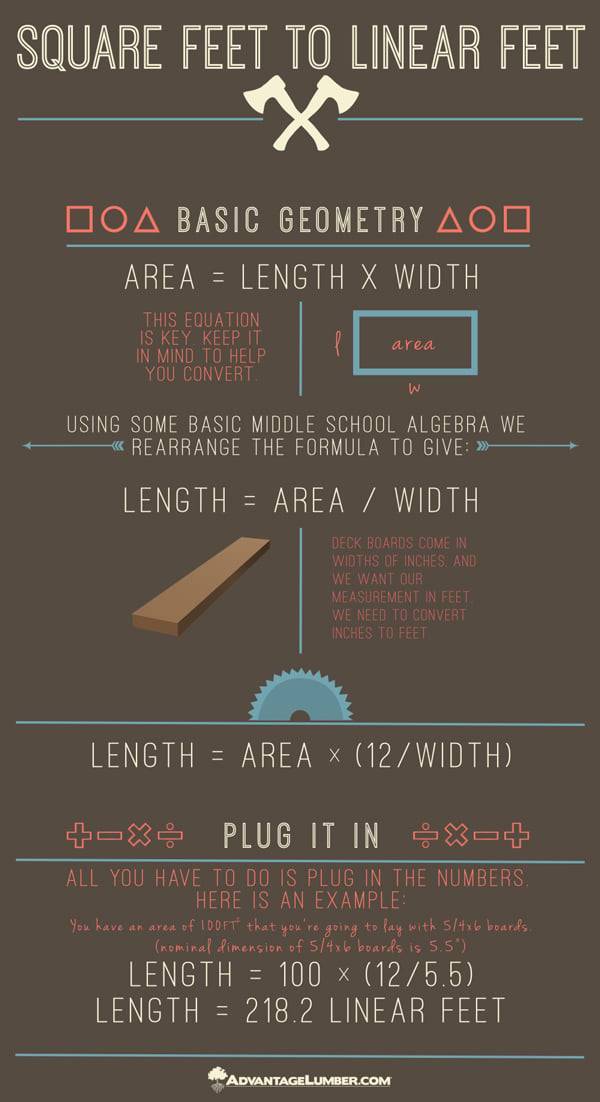
Converting linear feet to square feet is a common calculation when working with measurements in the construction and interior design industries. While it may seem like a simple conversion, it is crucial to understand the correct methodology to ensure accurate measurements. In this comprehensive guide, we will break down the process into five easy steps, providing you with the knowledge to confidently convert linear feet to square feet.
Understanding the Conversion: Linear Feet to Square Feet
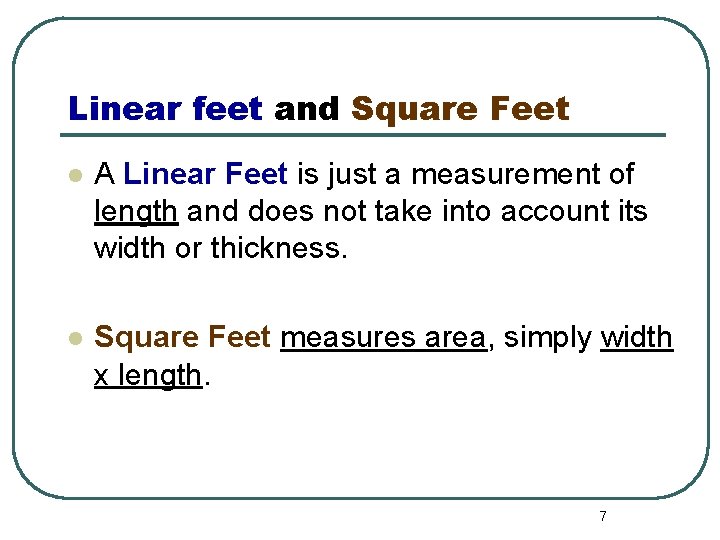
Before we dive into the step-by-step process, let’s clarify the concept of linear feet and square feet and why their conversion is essential.
Linear feet refer to a measurement of length, often used to quantify the length of a single dimension, such as a wall or a piece of lumber. On the other hand, square feet represent the measurement of an area, typically used to describe the size of a room, floor space, or a construction project.
When planning any construction or design project, it is vital to accurately convert linear feet to square feet to ensure proper material estimation, budgeting, and project execution. This conversion helps professionals and DIY enthusiasts alike make informed decisions and avoid costly mistakes.
Step 1: Define the Linear Measurement
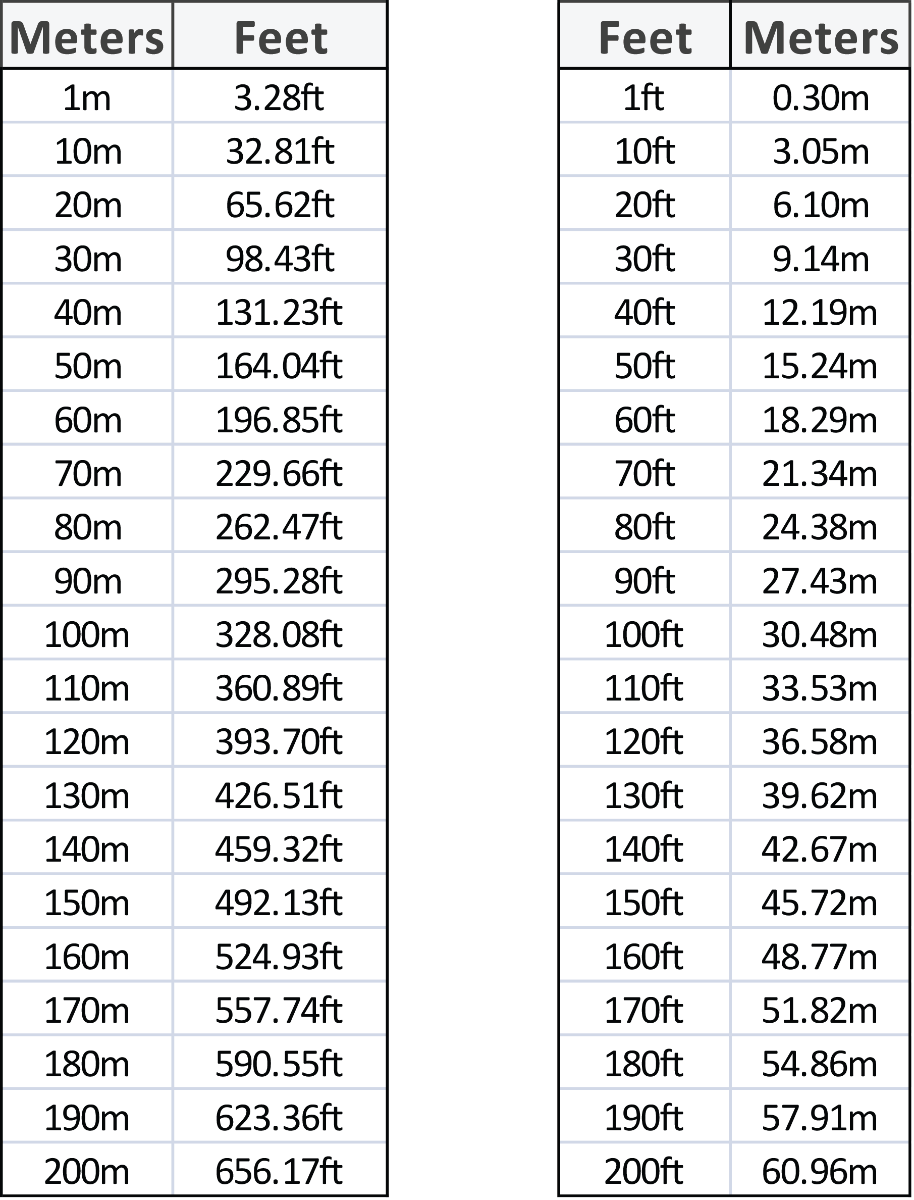
The first step in converting linear feet to square feet is to clearly define the linear measurement you want to convert. This could be the length of a wall, the width of a room, or the dimensions of a specific feature in your project.
For instance, let’s consider a scenario where you want to convert the length of a wall in linear feet to its equivalent in square feet. You measure the wall and find that it is 12 linear feet long.
It is important to note that the linear measurement should be precise and accurate, as any error at this stage can affect the entire conversion process.
Step 2: Understand the Area to Be Covered
Next, you need to determine the area that the linear measurement will cover. In our example, this would be the area of the wall. Walls are typically measured in square feet, so you need to understand the width of the wall to calculate its area.
Let’s assume the wall in our example has a width of 8 feet. By multiplying the length (12 feet) by the width (8 feet), we can calculate the area of the wall.
Area = Length x Width
Area = 12 ft x 8 ft = 96 square feet
So, the wall in our example has an area of 96 square feet.
Step 3: Convert Linear Feet to Square Feet
Now that we have defined the linear measurement and calculated the area, it’s time to perform the conversion from linear feet to square feet. This step is relatively straightforward and involves dividing the area by the linear measurement.
In our example, we want to find out how many square feet of material are required for the 12-foot-long wall. We already know that the area of the wall is 96 square feet.
Square Feet = Area / Linear Measurement
Square Feet = 96 sq ft / 12 ft = 8 sq ft per linear foot
Therefore, for every linear foot of the wall, we would need 8 square feet of material to cover it.
Step 4: Account for Waste and Additional Materials

When converting linear feet to square feet, it is essential to consider potential waste and the need for additional materials. Construction and design projects often require a certain amount of extra material to account for cuts, mistakes, and unexpected issues.
In our example, let’s assume that we need to add a 10% buffer for waste and potential errors. To calculate the adjusted square footage, we can multiply the square feet per linear foot by 1.1 (to account for the 10% buffer):
Adjusted Square Feet = Square Feet per Linear Foot x 1.1
Adjusted Square Feet = 8 sq ft/linear foot x 1.1 = 8.8 sq ft/linear foot
So, for every linear foot of the wall, we would need approximately 8.8 square feet of material to ensure we have enough coverage and account for potential waste.
Step 5: Double-Check and Verify
Accuracy is crucial when working with measurements, so it is always a good practice to double-check your calculations. Review your work, ensuring that all measurements and calculations are correct.
In our example, we calculated that for a 12-foot-long wall with an 8-foot width, we would need approximately 8.8 square feet of material per linear foot, including a 10% buffer for waste.
By verifying your calculations, you can ensure that your project is well-planned and that you have an accurate estimate of the required materials.
Conversion Summary
Converting linear feet to square feet is a straightforward process that involves defining the linear measurement, calculating the area, performing the conversion, accounting for waste, and finally, double-checking your work.
Here’s a quick summary of the steps:
- Define the linear measurement.
- Calculate the area to be covered.
- Convert linear feet to square feet.
- Account for waste and additional materials.
- Double-check and verify your calculations.
Common Mistakes to Avoid
When converting linear feet to square feet, it is essential to avoid common mistakes that can lead to inaccurate results. Here are some pitfalls to watch out for:
- Inaccurate Measurements: Ensure that your initial linear measurements are precise and accurate. Any error at this stage can propagate throughout the entire conversion process.
- Forgetting to Calculate Area: Remember to calculate the area to be covered before proceeding with the conversion. Neglecting this step can lead to incorrect results.
- Incorrect Conversion Formula: Double-check your conversion formula. The correct formula is to divide the area by the linear measurement to obtain square feet per linear foot.
- Neglecting Waste and Additional Materials: Always account for potential waste and the need for extra materials. Failing to do so can result in an underestimation of required resources.
- Skipping Verification: Always take the time to verify your calculations. Double-checking ensures accuracy and helps you catch any potential errors.
Real-World Application
Let’s explore a real-world scenario to further illustrate the process of converting linear feet to square feet. Imagine you are planning a flooring project for your living room. The room has a length of 15 feet and a width of 12 feet.
To calculate the required flooring material, you would first define the linear measurement, which in this case is the perimeter of the room. The perimeter can be calculated as:
Perimeter = 2 x (Length + Width)
Perimeter = 2 x (15 ft + 12 ft) = 54 linear feet
Next, you would calculate the area of the room:
Area = Length x Width
Area = 15 ft x 12 ft = 180 square feet
Now, you can convert the linear feet to square feet by dividing the area by the perimeter:
Square Feet per Linear Foot = Area / Perimeter
Square Feet per Linear Foot = 180 sq ft / 54 linear feet = 3.33 sq ft per linear foot
This means that for every linear foot of the room’s perimeter, you would need approximately 3.33 square feet of flooring material.
Advanced Considerations
While the basic conversion process remains the same, there are some advanced considerations to keep in mind for more complex projects.
- Irregular Shapes: If you are working with an irregular-shaped area, you may need to break it down into simpler shapes and calculate their areas separately before performing the conversion.
- Different Material Requirements: Different materials may have varying coverage rates. Always check the manufacturer’s specifications or consult with experts to determine the correct coverage rate for your specific project.
- Multiple Linear Measurements: In some cases, you may need to convert multiple linear measurements to square feet. Ensure that you perform the calculations for each linear measurement separately and then combine the results.
Benefits of Accurate Conversion
Accurately converting linear feet to square feet offers several benefits for your construction or design project:
- Precise Material Estimation: By calculating the correct square footage, you can ensure that you have an accurate estimate of the required materials, reducing the risk of over-ordering or running out of materials mid-project.
- Cost Efficiency: Accurate conversion helps you budget effectively, as you can calculate the exact cost of materials needed for your project. This prevents unnecessary spending and ensures that your resources are utilized efficiently.
- Project Planning: With precise square footage calculations, you can better plan your project timeline and allocate resources accordingly. It helps you stay organized and ensures a smoother project execution.
- Client Satisfaction: Providing accurate estimates and delivering projects within budget and timeline expectations can greatly enhance client satisfaction and build trust.
Conclusion
Converting linear feet to square feet is a fundamental skill for anyone involved in construction, interior design, or similar fields. By following the five easy steps outlined in this guide, you can confidently perform this conversion and ensure accurate material estimation for your projects.
Remember to define your linear measurement, calculate the area, perform the conversion, account for waste, and always double-check your work. With these steps, you’ll be well-equipped to tackle any measurement-related challenges that come your way.
Can I use this conversion method for any type of material?
+Yes, the conversion method outlined in this guide can be applied to various materials, including flooring, wall coverings, roofing, and more. However, it’s essential to verify the specific coverage rate for each material, as different materials may have different requirements.
What if my linear measurement is not a whole number?
+If your linear measurement is not a whole number, you can still perform the conversion. Simply use the decimal value in your calculations. For example, if your linear measurement is 12.5 feet, you would calculate the square feet per linear foot using 12.5 as the divisor.
How do I account for diagonal measurements or angled walls?
+For diagonal measurements or angled walls, you may need to use more complex calculations. In such cases, it’s best to break down the area into simpler shapes and calculate their individual areas before converting to square feet. Consult with a professional or use specialized software for accurate results.
Is it necessary to account for waste in every project?
+While accounting for waste is generally recommended, the necessity may vary based on the project’s complexity and the nature of the material. For simple projects with standard materials, a standard waste buffer of 10% is often sufficient. However, for intricate designs or custom materials, it’s advisable to consult with experts to determine the appropriate waste allowance.

